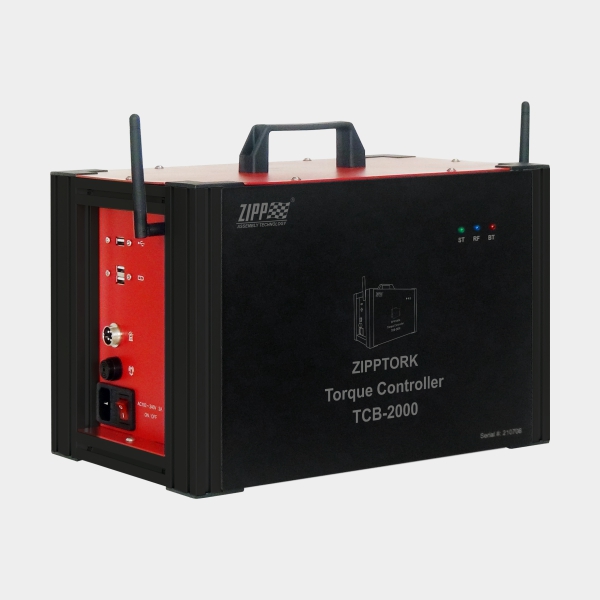In precision assembly, every fastening operation must deliver consistent torque to guarantee product safety, performance, and quality. Over time, however, power tools drift out of tolerance due to wear, vibration, or repeated impact. Without routine verification, this drift can compromise joint integrity and increase the risk of product failure. ZIPPTORK’s wireless rotary torque sensor provides a practical, real-time solution for validating tool calibration, measuring dynamic torque, and ensuring repeatable fastening results under actual operating conditions.
Why Dynamic Torque Measurement Matters
Unlike static torque checks, which measure fasteners after installation, dynamic torque measurement evaluates a tool while it is fastening. This approach captures the accurate torque profile under working conditions, including:
Operator technique and handling
Tool clutch performance
Frictional effects from lubricants, coatings, or washers
Joint stiffness and material behavior (hard vs. soft joints)
By simulating real-world fastening, ZIPPTORK’s wireless rotary torque sensor reveals whether a tool consistently meets specifications in the field.
How ZIPPTORK’s Wireless Rotary Torque Sensor Works
ZIPPTORK’s system integrates a wireless rotary transducer between the tool and the fastener. The sensor continuously monitors torque and angle throughout the fastening process, transmitting the data in real-time to a paired controller or software interface.
Key functions include:
Torque capture in real time – Records the exact torque delivered during fastening, not just at the end of the cycle.
Angle measurement – Tracks fastener rotation to validate that clamp force is achieved correctly.
Wireless data transmission – Eliminates the need for cables, making the system easier to use in production environments.
Shock and vibration resistance – Engineered to withstand the excessive impact of tools like air or cordless impact wrenches.
This setup effectively transforms a standard torque tool into a torque-monitored system, enabling immediate validation without slowing down production.
Conducting Routine Torque Verification with ZIPPTORK
With the wireless rotary torque sensor, a torque audit can be performed quickly and accurately:
Select representative joints from the production line.
Attach the rotary torque sensor between the tool and fastener.
Tighten the fastener under normal conditions, letting the sensor capture dynamic torque and angle data.
Review readings instantly via the paired ZIPPTORK controller or software.
Compare results with specifications to verify calibration and repeatability.
This process can be repeated as part of a daily torque audit or scheduled preventive maintenance, ensuring tools stay within tolerance.
Data Collection and Torque Analysis
ZIPPTORK’s system does more than measure torque—it also provides a platform for data-driven quality control:
Record and store torque readings from multiple fastening cycles.
Plot torque trends to identify tool wear or operator variability.
Apply statistical process control (SPC) methods, such as Cp/Cpk analysis, to confirm process capability.
Maintain traceable records for audits and compliance.
By analyzing torque data, manufacturers can accurately predict tool maintenance needs, minimize unplanned downtime, and ensure consistent quality throughout the assembly process.
Best Practices with ZIPPTORK’s Wireless Torque System
Audit tools regularly (daily, weekly, or based on cycle counts).
Always test under real joint conditions—hard joint simulators alone don’t reflect field performance.
Combine torque + angle analysis for a more accurate assessment of clamp load.
Train operators to use tools consistently, minimizing variability.
Use stored torque data as part of a preventive maintenance program.
ZIPPTORK’s wireless rotary torque sensor simplifies calibration verification, captures real-time torque and angle under dynamic conditions, and provides actionable data for continuous process improvement. By integrating this tool into routine quality control, manufacturers can ensure their fastening processes remain accurate, repeatable, and reliable—reducing risk, avoiding costly rework, and guaranteeing the integrity of every joint.

